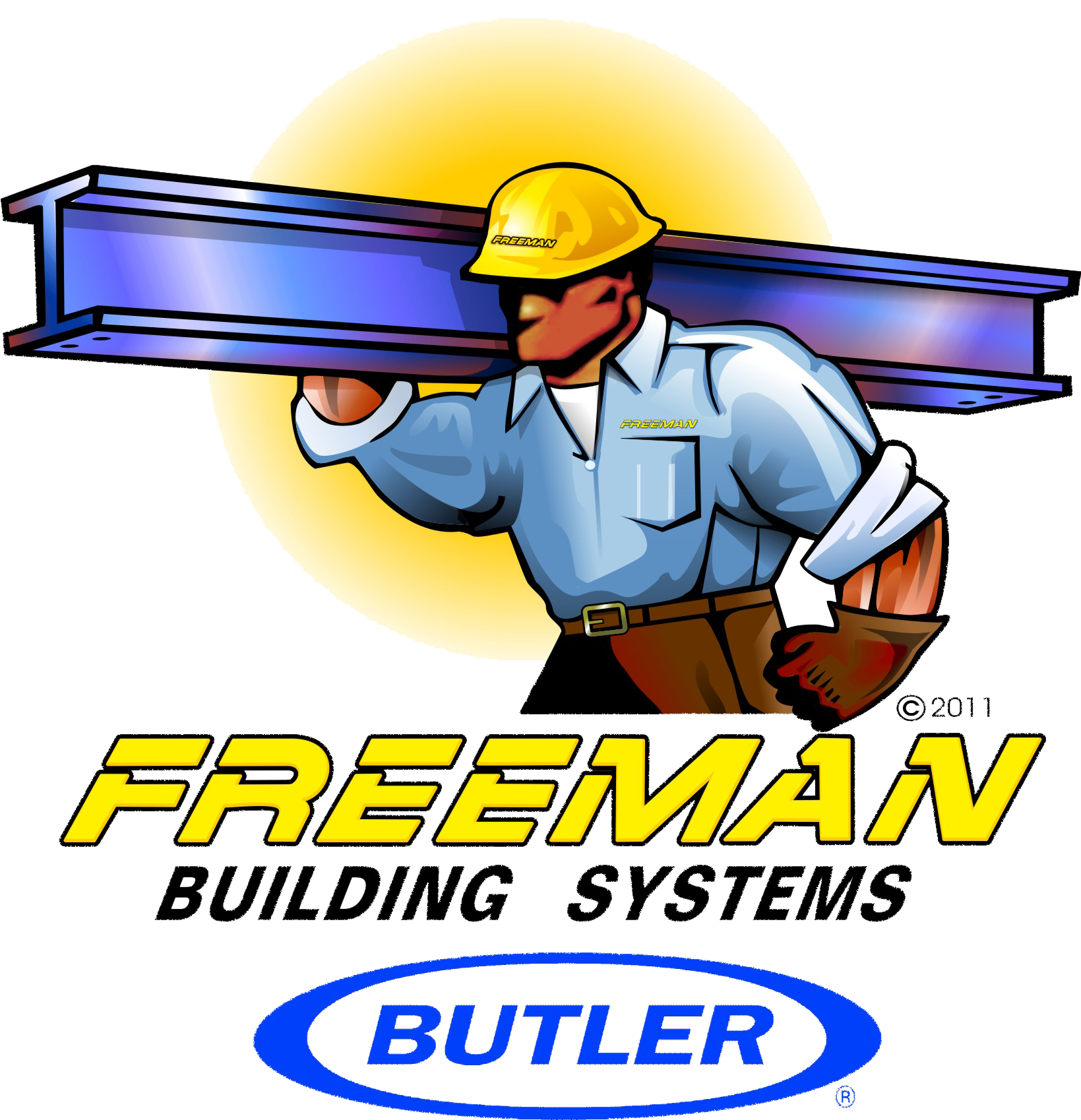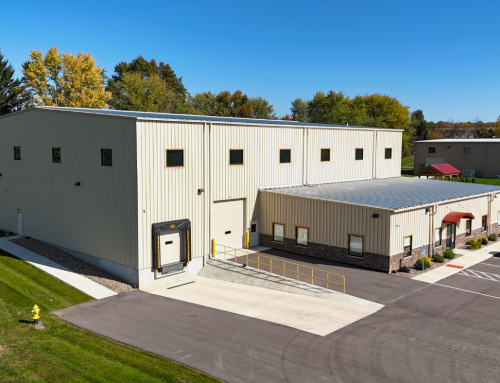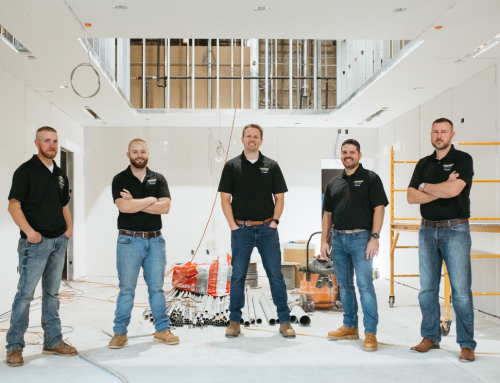June is National Safety Month, and while safety is a year-round priority, this is an optimal time to highlight its critical role in the commercial construction industry. A strong safety culture is not just about compliance—it’s about protecting lives, ensuring efficiency, and delivering high-quality projects.
Beyond on-site protocols, safety should be embedded in every aspect of a project, from choosing a construction team that prioritizes worker well-being to designing buildings with safety in mind.
Prioritizing a Safety-Focused Partner
When selecting a contractor for a building project, it’s essential to work with a team that prioritizes safety at every stage. A construction company committed to safety will:
- Enforce rigorous safety training and protocols for all workers.
- Use advanced technology to enhance site safety.
- Ensure strict compliance with OSHA regulations and industry best practices.
- Proactively address potential risks in the design and planning phases.
Partnering with a safety-focused team doesn’t just protect workers—it also leads to smoother project execution, fewer delays, and long-term structural integrity.
Safety Considerations in Steel Construction
As a proud partner of Butler Manufacturing™, a leader in innovative building solutions, we specialize in advanced steel building systems for warehouses and distribution centers, heavy manufacturing, aircraft hangars, and athletic facilities. Steel construction, while foundational to modern infrastructure, presents unique hazards that necessitate stringent safety protocols. A well-managed job site follows key practices that include:
- Personal Protective Equipment (PPE) – Helmets, gloves, eye protection, and steel-toed boots help prevent injuries from falling objects, sharp edges, and heavy materials.
- Fall Protection – Safety nets, harnesses, and guardrails are essential to protect workers from falls, especially during steel erection at significant heights.
- Equipment Safety – Regular equipment maintenance and inspections ensure that machinery operates safely, reducing the risk of malfunctions and injuries.
- Emergency Preparedness – A clearly defined emergency response plan, including evacuation procedures and on-site first aid stations, ensures quick action when needed.
Consider Safety in Building Designs, Including Warehouses
If you’re considering expanding or building, especially a new warehouse space, safety should be one of the top priorities in the design. With heavy equipment like forklifts and pallet jacks in regular use, clear safety protocols and considerations are crucial. Standardizing employee safety training and ensuring clearly marked hazardous zones can prevent accidents and create a safer working environment. Optimized layouts, such as wide aisles, designated pedestrian walkways, and clear sightlines, can also help prevent collisions between workers and machinery. Prioritizing safety protects your employees and enhances overall productivity by reducing the risk of disruptions.
The Role of Advanced Technology in Enhancing Safety
Technological advancements are revolutionizing safety protocols in the commercial construction industry and building design, such as warehouse settings. Innovations include:
- Aerial drones for inspections. Drones offer a bird’s-eye view of construction sites, facilitating comprehensive safety inspections, monitoring progress, and providing real-time data to improve project accuracy. This technology minimizes the need for workers to access hazardous areas, thereby reducing the risk of accidents.
- AI. Artificial intelligence has already started to transform the way construction projects are managed. By leveraging predictive analytics, AI can help contractors anticipate potential delays, optimize labor allocation, provide safety alerts, and manage materials more effectively. They can identify potential hazards before they lead to accidents, allowing for swift corrective actions.
- Automation in material handling. To enhance workplace safety and productivity, many manufacturers are moving towards becoming “forklift-free,” reducing reliance on forklifts due to their associated dangers. Companies are adopting alternatives like overhead cranes, electric pallet jacks, and autonomous vehicles to lower the incidence of injuries and fatalities associated with traditional forklifts.
Safety should never be an afterthought in construction—it should be a fundamental part of every project, from selecting the right team to implementing safety into building design and leveraging advancing technology.
For over 30 years, Freeman Building Systems has been a trusted part of the community, delivering efficient and cost-effective design/build steel construction solutions. Our commitment to excellence is backed by a team with over 500 years of combined experience. At Freeman, safety is woven into everything we do. From our rigorous on-site protocols to smart, safety-focused building designs, we are committed to delivering projects that stand the test of time without compromising the well-being of those who build and use them.








